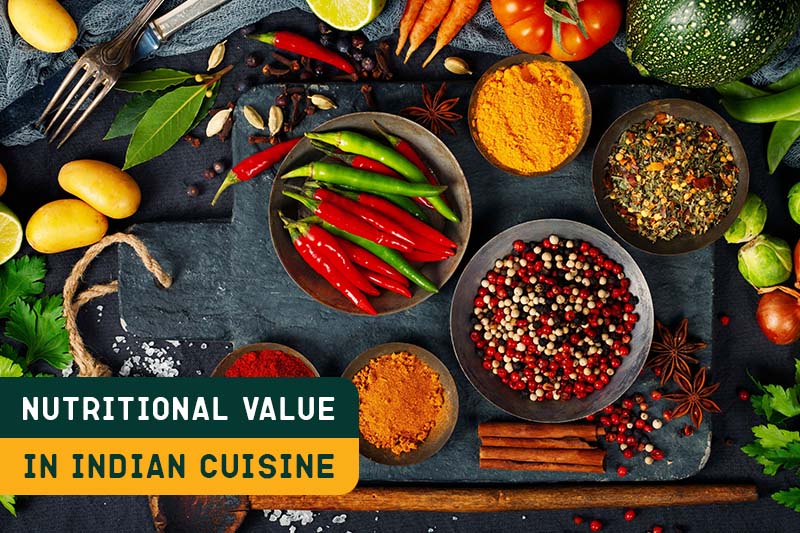This article will take <1 minute to read.
Indian cuisine is filled with spices. Every part of the country has its own delicacy or a local dish which it’s famous for. This is why Indian cuisine enjoys a wide range of varieties in food. The fact that every region has different dietary contents, is the reason why the nutritional value differs in the different parts of the country. For example, according to a Comprehensive National Nutrition Survey by the Ministry of Health and Family welfare,

Dairy products are consumed in high quantities in states like Haryana, Rajasthan, Tamil Nadu and Gujarati; whereas states like Meghalaya, Odisha and Mizoram have low consumption.
Pulses and beans are found in diets of states like Tamil Nadu, Odisha and Maharashtra while Sikkim, Arunachal Pradesh and Meghalaya have low amounts of pulses in their diets.
When it comes to dietary consumption of green leafy vegetable states like Maharashtra, Karnataka, Odisha rank highest while Kerala, Himachal Pradesh, and Tripura rank lowest.
Fruits are consumed in abundance in Goa, Delhi, Kerala, and Tamil Nadu while not enough in Bihar, Jharkhand, Odisha, and Chattisgarh.
Roots and tubers like potatoes and radishes are found in diets from states like Madhya Pradesh, Uttarakhand and Odisha and are found in low quantities in states like Punjab, Sikkim and Himachal Pradesh.
Other vegetables are consumed extensively in states like Telangana, Tamil Nadu and Andhra Pradesh while states like Punjab, Mizoram and Arunachal Pradesh have their consumption in quiet low quantities.
This data shows the amount of diverse cuisine in India. Traditions Indian ingredients like Amla, turmeric, ghee, etc which are used in most daily foods are of high nutritional value. A large part of the Indian population is vegetarian and so the valuable nutrition from meat is compensated by other foods like dairy products, pulses, and vegetables.
Let’s look at nutrition levels in common foods found in India
Roti

Roti is a common choice of bread in India. It’s a part of most traditional Indian cuisines. Different types of rotis are made with either whole wheat or Maida. Roti contains carbohydrates, protein and fibers.
Pulses

Pulses are also another common inclusion in everyday Indian foods. Some common pulses used in Indian foods are green gram beans (moong), black eyed beans (chawli), red lentils etc. these pulses contain proteins, vitamin C, vitamin A, potassium and carbohydrates.
Dairy products

Indians worship cows and India has the largest cattle population in the world. Paneer is a good source of protein for people who do not eat meat. Dairy products like milk and curd are good sources of sodium, potassium and calcium.
Coconut

It is used very commonly in South Indian dishes and curries. Coconut is a good source of iron, sodium, potassium, magnesium, vitamins B-6, protein and fibers. It’s a very nutritious ingredient.
Jaggery
Jaggery is a traditional alternative to sugar and is used in Indian sweets like ladoos, halwas, modak, ambal etc. It is healthier than processed sugar and contains iron, magnesium, potassium, manganese and carbohydrates.
Hence nutrition from Indian comes from a variety of different ingredients in it and a staple Indian is a quite balanced diet. In times where there is an increasing demand for fast food, let’s not forget the importance of the nutrition content in our traditional foods and its positive impact on both our long-term and short-term health.
